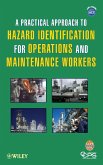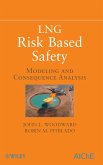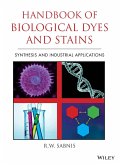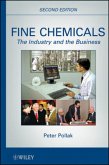The book provides a comprehensive account of the important field of aerosol sampling as it is applied to the measurement of aerosols that are ubiquitous in occupational and living environments, both indoor and outdoor. It is written in four parts:
_ Part A (8 chapters) describes the current knowledge of the physical science that underpins the process of aerosol sampling.
_ Part B (4 chapters) presents the basis of standards for aerosols, including in particular the link with human exposure by inhalation.
_ Part C (8 chapters) covers the development of practical aerosol sampling instrumentation, and how technical designs and methods have evolved over the years in order that aerosol sampling may be carried out in a manner matching the health-related and other criteria that have been proposed as parts of standards.
_ Finally Part D (3 chapters) describes how a wide range of aerosol sampling instruments have performed when they have been applied in the field in both occupational and ambient atmospheric environments, including how different instruments, nominally intended to measure the same aerosol fraction, compare when used side-by-side in the real world.
The book is intended to draw together all that is known about aerosol sampling - about the science and across a very wide range of applications - for the benefit of researchers and practitioners in occupational and environmental health and hygiene, aerosol scientists and engineers, as well as graduate-level students in these fields. In addition, the text will be of interest to environmental and occupational epidemiologists, atmospheric scientists, and occupational and environmental health policy specialists, including all those around the world engaged in the processes of setting standards for airborne particulate contaminants.
_ Part A (8 chapters) describes the current knowledge of the physical science that underpins the process of aerosol sampling.
_ Part B (4 chapters) presents the basis of standards for aerosols, including in particular the link with human exposure by inhalation.
_ Part C (8 chapters) covers the development of practical aerosol sampling instrumentation, and how technical designs and methods have evolved over the years in order that aerosol sampling may be carried out in a manner matching the health-related and other criteria that have been proposed as parts of standards.
_ Finally Part D (3 chapters) describes how a wide range of aerosol sampling instruments have performed when they have been applied in the field in both occupational and ambient atmospheric environments, including how different instruments, nominally intended to measure the same aerosol fraction, compare when used side-by-side in the real world.
The book is intended to draw together all that is known about aerosol sampling - about the science and across a very wide range of applications - for the benefit of researchers and practitioners in occupational and environmental health and hygiene, aerosol scientists and engineers, as well as graduate-level students in these fields. In addition, the text will be of interest to environmental and occupational epidemiologists, atmospheric scientists, and occupational and environmental health policy specialists, including all those around the world engaged in the processes of setting standards for airborne particulate contaminants.
"Wer sich mit Aerosolen in Forschung und Praxis beschäftigt, sollte dieses hervorragende Buch nicht unbeachtet lassen."
Gefahrstoffe Reinhaltung der Luft
April 2008
" this book may help in the rapid access to data and references. It is therefore complementary to the great books and reviews " ( International Journal of Environmental and Analytical Chemistry , October 2007)
Gefahrstoffe Reinhaltung der Luft
April 2008
" this book may help in the rapid access to data and references. It is therefore complementary to the great books and reviews " ( International Journal of Environmental and Analytical Chemistry , October 2007)

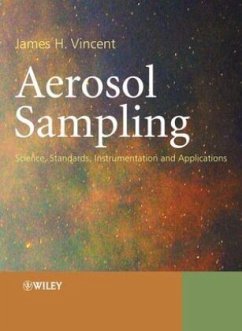
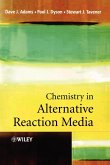
![Guidelines for Chemical Transportation Safety, Security, and Risk Management [With CDROM] Guidelines for Chemical Transportation Safety, Security, and Risk Management [With CDROM]](https://bilder.buecher.de/produkte/22/22583/22583631m.jpg)
